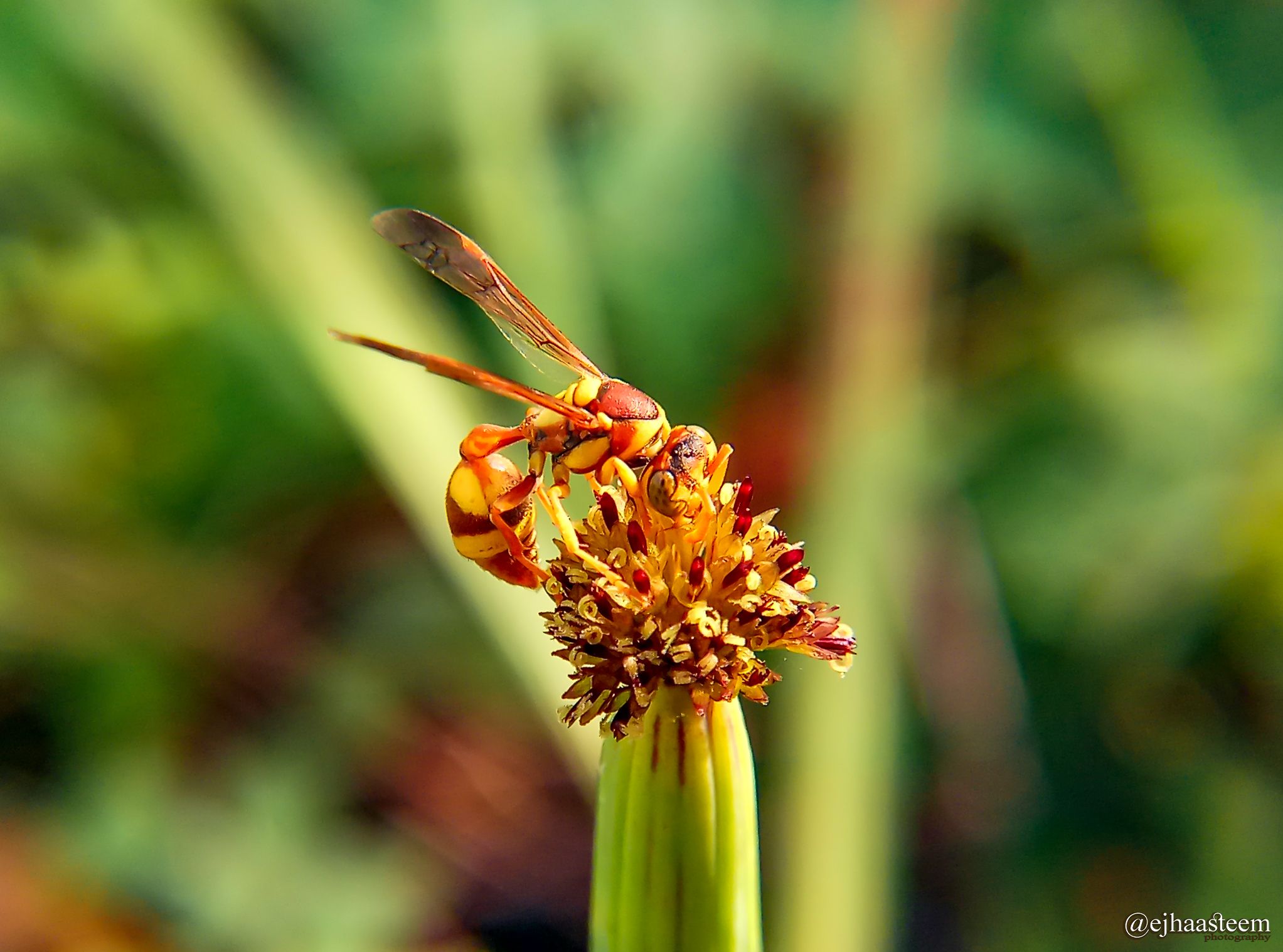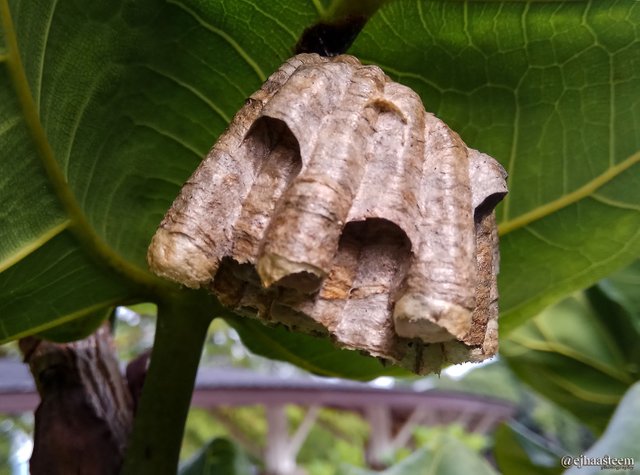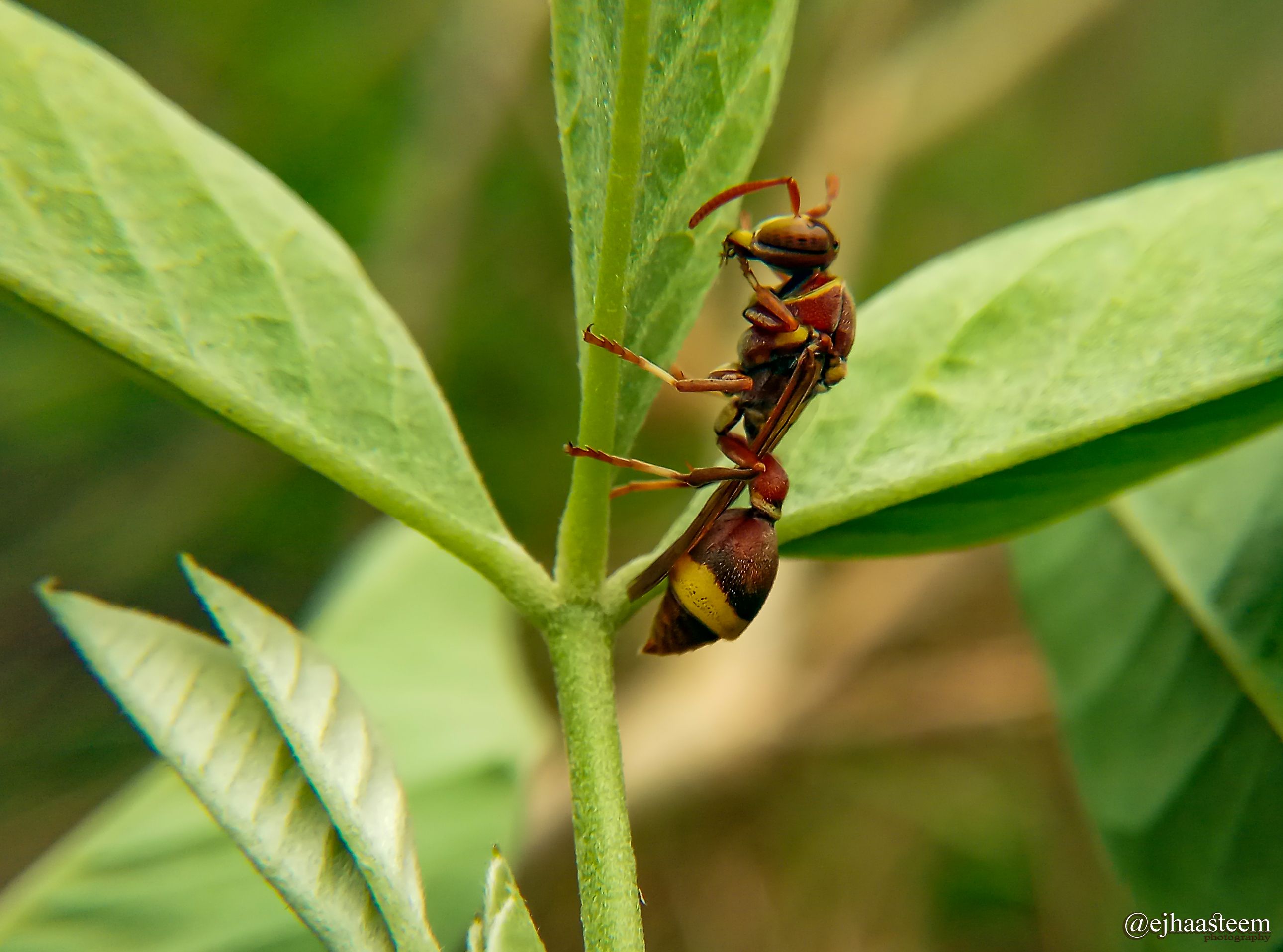Paper Wasps
Paper wasps are vespid wasps that assemble filaments from dead wood and plant stems, which they blend with salivation, and use to build water-safe homes made of dark or darker papery material.

A few sorts of paper wasps are additionally now and then called umbrella wasps, because of the unmistakable outline of their homes.
The name "paper wasps" normally alludes to individuals from the vespid subfamily Polistinae, however it frequently informally incorporates individuals from the subfamilies Vespinae (hornets and yellowjackets) and Stenogastrinae, which additionally influence homes to out of paper.
Twenty-two types of Polistes paper wasps have been distinguished in North America and roughly 300 species have been recognized around the world. The most well-known paper wasp in Europe is Polistes dominula. The Old World tribe Ropalidiini contains another 300 species, and the neotropical tribes Epiponini and Mischocyttarini each contain more than 250 all the more, so the aggregate number of genuine paper wasps worldwide is around 1100 species, half of which can be found in the neotropics.
Nests
The nest of most genuine paper wasps are portrayed by having open looks over with cells for brood raising, and a 'petiole', or contracted stalk, that grapples the home.

Most social wasps of the family Vespidae make homes from paper, yet some stenogastrine species, for example, Liostenogaster flavolineata, utilize mud. A little gathering of eusocial crabronid wasps, of the sort Microstigmus (the main eusocial wasps outside the family Vespidae), additionally builds settles out of bit plant strands, however the home consistency is very not the same as those of genuine paper wasps, because of the nonattendance of wood filaments, and the utilization of silk to tie the strands.


Three types of Polistes are commit social parasites, and have lost the capacity to assemble their own particular homes, and are at times alluded to as "cuckoo paper wasps". They depend on the homes of their hosts to raise their brood
Behavior.
Not at all like yellowjackets and hornets, which can be extremely forceful, polistine paper wasps will for the most part just assault in the event that they themselves or their home are undermined. Since their territoriality can prompt assaults on individuals, and on the grounds that their stings are very difficult and can deliver a conceivably lethal anaphylactic response in a few people, settles in human-occupied ranges may exhibit an unsatisfactory peril.
Paper wasp on a creepy crawly lily leaf – they are viewed as helpful by nursery workers.
Most wasps are helpful in their normal territory, and are basically vital in characteristic biocontrol. Paper wasps eat nectar and different creepy crawlies, including caterpillars, flies, and scarab hatchlings. Since they are a known pollinator and eat known garden bugs, paper wasps are frequently thought to be advantageous by planters.



All image taken by smartphone camera, Xiaomi Redmi Note4, with additional macro lenses.

beautiful
This is the whole science, I was delighted with your post @ejhaasteem
thank you very much...
You are welcome